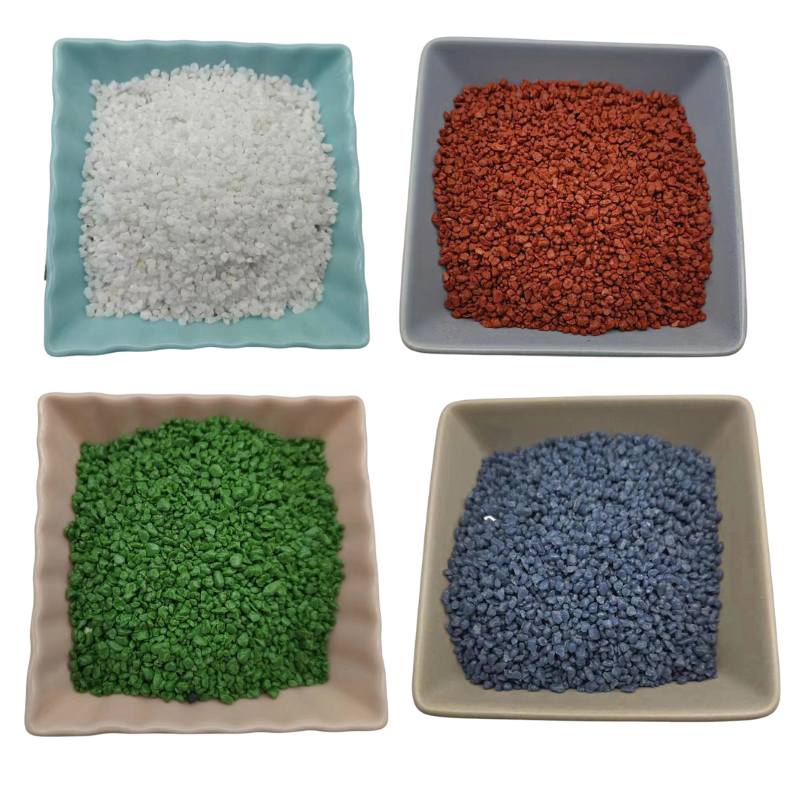
custom fly ash and silica fume in concrete
The Role of Custom Fly Ash and Silica Fume in Concrete
In the quest for sustainable construction practices, the incorporation of supplementary cementitious materials (SCMs) such as fly ash and silica fume has gained significant attention. Both materials not only enhance the properties of concrete but also contribute to environmental sustainability by reducing the carbon footprint associated with Portland cement production.
Fly Ash A Versatile Supplement
Fly ash, a byproduct of coal combustion in power plants, is widely recognized for its pozzolanic properties. When used in concrete, it reacts with calcium hydroxide released during cement hydration to form additional calcium silicate hydrate (C-S-H), the primary binding phase in concrete. This process enhances the compressive strength, workability, and durability of concrete mixes. Custom fly ash, tailored to specific project requirements, can optimize these benefits further. For instance, adjusting the fineness and the chemical composition of the fly ash can improve performance in varying environmental conditions, such as high sulfate exposure or aggressive chemical environments.
Moreover, the use of custom fly ash can significantly reduce the heat of hydration, making it particularly beneficial for large mass concrete pours where temperature control is critical. This helps to mitigate the risk of cracking and thermal stress, ensuring structural integrity.
Silica Fume Enhancing Strength and Resilience
custom fly ash and silica fume in concrete

Silica fume, a byproduct of silicon metal or ferrosilicon alloy production, is another effective SCM that significantly contributes to the performance of concrete. Comprising very fine particles, it possesses high pozzolanic activity, allowing it to improve compressive strength and tensile strength while reducing permeability. When utilized in combination with custom fly ash, silica fume can lead to synergistic effects, creating high-performance concrete optimized for demanding applications like bridges, tunnels, and high-rise buildings.
The incorporation of silica fume also enhances the bonding between the aggregates and the cement matrix, resulting in improved durability against harsh environmental conditions. This is particularly relevant for structures exposed to freeze-thaw cycles or de-icing salts, where durability is essential for longevity.
Sustainability and Economic Benefits
Beyond enhancing performance characteristics, the use of custom fly ash and silica fume aligns with sustainability goals. By substituting a portion of Portland cement with these materials, concrete producers can reduce greenhouse gas emissions and conserve natural resources. Furthermore, utilizing industrial byproducts not only aids in waste reduction but can also result in cost savings for construction projects.
In conclusion, the integration of custom fly ash and silica fume in concrete mixtures represents a forward-thinking approach to construction. By enhancing strength, durability, and sustainability, these materials play a crucial role in meeting the increasing demands for high-performance and eco-friendly construction solutions. As the industry continues to evolve, leveraging these innovative materials will undoubtedly contribute to more resilient infrastructure and a healthier planet.
Share
-
Premium Pigment Supplier Custom Solutions & Bulk OrdersNewsMay.30,2025
-
Top China Slag Fly Ash Manufacturer OEM Factory SolutionsNewsMay.30,2025
-
Natural Lava Rock & Pumice for Landscaping Durable Volcanic SolutionsNewsMay.30,2025
-
Custom Micro Silica Fume Powder Manufacturers High-Purity SolutionsNewsMay.29,2025
-
Custom Mica Powder Pigment Manufacturers Vibrant Colors & Bulk OrdersNewsMay.29,2025
-
Custom Micro Silica Fume Powder Manufacturers Premium QualityNewsMay.29,2025






